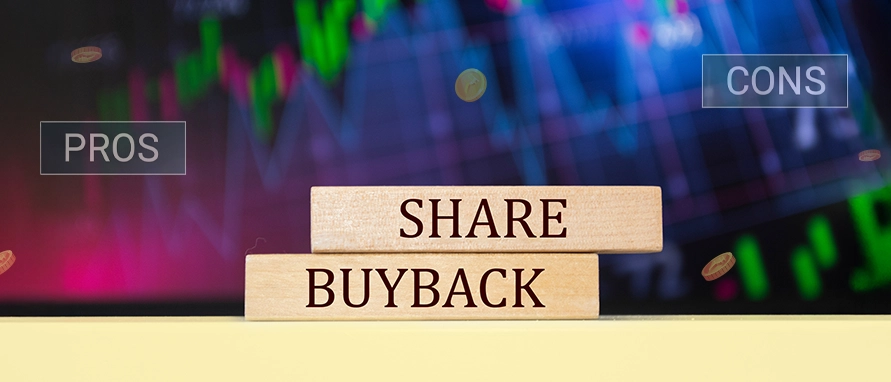-
Our ProductsLoansCardsInsuranceInvestmentsStock MarketElectronics MallCIBIL ScoreKnowledge CentreAcademyCalculators
- Our Services
- My Account
- Discover
Understanding Cost Performance Index (CPI)
Cost control and project efficiency are vital for success across industries, especially in financial and project management domains. One of the key performance metrics used to evaluate cost efficiency is the Cost Performance Index (CPI). This ratio gives insight into whether a project is staying within budget or overshooting costs, making it a critical indicator in project tracking, portfolio management, and financial reporting. This article explains what CPI is, how it is calculated, how to interpret its values, and its practical use in various project and investment contexts.
What Is the Cost Performance Index (CPI)
CPI is a financial metric used to measure the cost efficiency of a project or investment activity. It compares the value of the work performed to the actual cost incurred for that work.
In simpler terms, it shows the value achieved per unit of cost. If the CPI is greater than 1, the project is performing well in terms of cost; if less than 1, the project is costing more than planned.
Formula for Calculating CPI
The CPI formula is straightforward and commonly used in earned value management:
CPI = Earned Value (EV) ÷ Actual Cost (AC)
Where:
Earned Value (EV) is the budgeted cost of the work actually completed
Actual Cost (AC) is the amount of money spent to complete that work
Let’s break it down further:
CPI = 1.0: Project is on budget
CPI > 1.0: Project is under budget (cost-efficient)
CPI < 1.0: Project is over budget (cost-inefficient)
Example Calculation
Consider a project with the following parameters:
Budgeted cost of work completed (EV): ₹1,00,000
Actual cost of work performed (AC): ₹90,000
CPI = 1,00,000 ÷ 90,000 = 1.11
This means for every ₹1 spent, ₹1.11 worth of work has been completed, indicating a cost-efficient project.
Importance of CPI in Project Management
CPI is more than just a mathematical ratio. It serves as a guiding signal for project managers, stakeholders, and finance professionals:
Performance Monitoring: Helps in tracking cost efficiency over time
Forecasting: Assists in estimating future costs using current efficiency
Risk Management: Flags cost overruns before they escalate
Resource Allocation: Helps in optimising the use of funds across tasks or departments
By regularly calculating CPI, organisations can make timely interventions and avoid budget blowouts.
CPI vs SPI: How It Differs from Schedule Performance Index
While CPI focuses on cost efficiency, the Schedule Performance Index (SPI) measures time efficiency.
SPI = Earned Value (EV) ÷ Planned Value (PV)
Together, CPI and SPI form the backbone of earned value analysis, providing a 360-degree view of project performance—both in terms of cost and schedule.
A project with high CPI but low SPI may be cost-efficient but behind schedule. Therefore, both indices should be considered in parallel for holistic project assessment.
Factors That Influence CPI
Several internal and external factors can impact a project’s CPI:
Resource productivity: Skilled labour and efficient teams can improve CPI
Material costs: Fluctuations in raw material prices can affect actual costs
Project scope changes: Scope creep without proper change control increases costs
Vendor performance: Delays or errors by suppliers may inflate costs
Market conditions: Inflation and economic shifts can raise expenses unexpectedly
Keeping an eye on these variables helps maintain control over the CPI during execution.
Real-World Applications of CPI
CPI is widely used across sectors where budgeting and cost tracking are essential:
Construction and Infrastructure
Large-scale infrastructure projects often rely on CPI for budgeting. Any deviation from expected CPI values may call for reallocation of funds or project re-scoping.
IT and Software Development
In software projects, frequent scope changes make CPI a useful tool to measure the impact of cost deviations and re-estimate remaining effort accurately.
Manufacturing and Operations
Manufacturing units track CPI to ensure that the cost of producing goods does not exceed the planned expenditure, thereby maintaining profitability.
Finance and Investment Management
In investment-focused projects, CPI is useful for fund managers and analysts who track how efficiently capital is being deployed relative to the outcomes achieved.
How CPI Supports Decision Making
Managers use CPI insights to make the following decisions:
Continue or halt a project if the CPI consistently indicates cost overruns
Implement corrective measures like renegotiating contracts or cutting costs
Re-baseline the budget if initial projections are proven unrealistic
Inform stakeholders with accurate data for status updates and reviews
When CPI is used alongside other indicators, it enhances the quality of decision-making and aligns projects with organisational goals.
Limitations of CPI
Although CPI is valuable, it is not without limitations:
Does not consider quality: A cost-efficient project may still deliver subpar results
Delayed reporting: CPI reflects past data and may not capture real-time issues
Reliant on accurate EV: Misestimating earned value skews CPI outcomes
Cannot capture intangibles: Non-financial outcomes like client satisfaction or innovation are not factored in
Thus, CPI should be interpreted with caution and used in conjunction with other qualitative and quantitative measures.
Common Approaches to Maintain a Healthy CPI
Organizations often use practices such as:
Setting realistic budgets and time estimates at the outset
Monitoring progress regularly instead of relying only on month-end reviews
Breaking projects into phases for easier tracking and timely adjustments
Involving cross-functional teams to enhance cost planning and transparency
Using automated cost-tracking tools to minimize reporting errors
These are standard methods to improve accuracy in CPI monitoring.
Conclusion
The Cost Performance Index is a critical metric in understanding how well a project adheres to its financial plan. By comparing the earned value of completed work with the actual amount spent, CPI reveals whether you are getting value for your money. Its applications span industries and decision-making levels—from operational adjustments to strategic interventions. While not a standalone metric, when combined with other indicators, CPI becomes a powerful tool for managing projects effectively.
Disclaimer
This content is for informational purposes only and the same should not be construed as investment advice. Bajaj Finserv Direct Limited shall not be liable or responsible for any investment decision that you may take based on this content.
FAQs
What is a good Cost Performance Index?
A Cost Performance Index (CPI) above 1.0 is considered good, indicating that a project is performing under budget, while a CPI of 1.0 reflects on-budget performance.
How is CPI different from ROI?
CPI measures cost efficiency within a project, whereas Return on Investment (ROI) evaluates the overall profitability of an investment.
Can CPI be used in small businesses?
Small businesses can use CPI to track project-level cost efficiency, manage expenses, and allocate resources effectively.
Is CPI only useful for project managers?
CPI is primarily used in project management, but it also helps finance teams, investors, and business analysts assess cost efficiency.
What does a CPI of less than 1 indicate?
A CPI below 1 indicates that a project is over budget, signalling inefficient use of resources or unforeseen expenses.
Anshika brings 7+ years of experience in stock market operations, project management, and investment banking processes. She has led cross-functional initiatives and managed the delivery of digital investment portals. Backed by industry certifications, she holds a strong foundation in financial operations. With deep expertise in capital markets, she connects strategy with execution, ensuring compliance to deliver impact.
Related Blogs

Roshani Ballal

Geetanjali Lachke

Roshani Ballal

Geetanjali Lachke

Geetanjali Lachke

Nupur Wankhede

Roshani Ballal

Roshani Ballal

Roshani Ballal
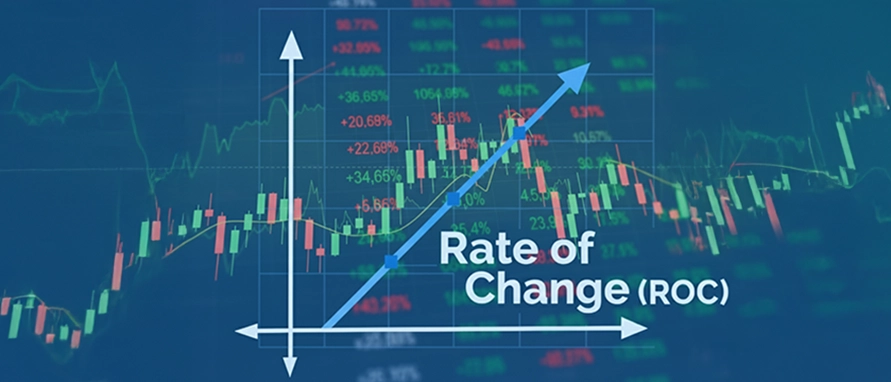
Nupur Wankhede

Anshika
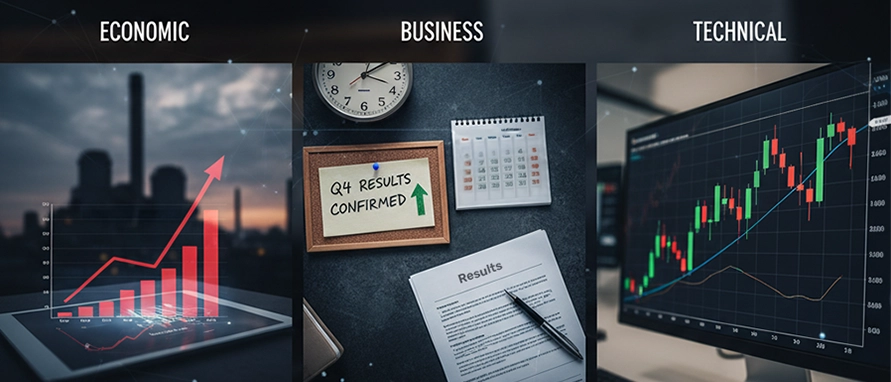
Anshika
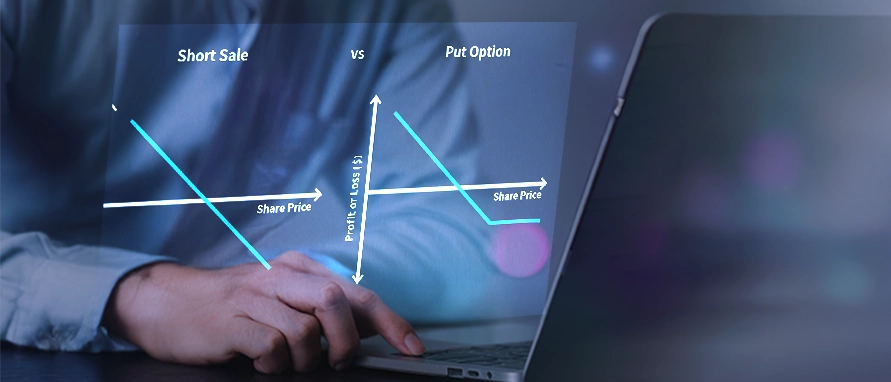
Nupur Wankhede

Nupur Wankhede

Nupur Wankhede

Anshika
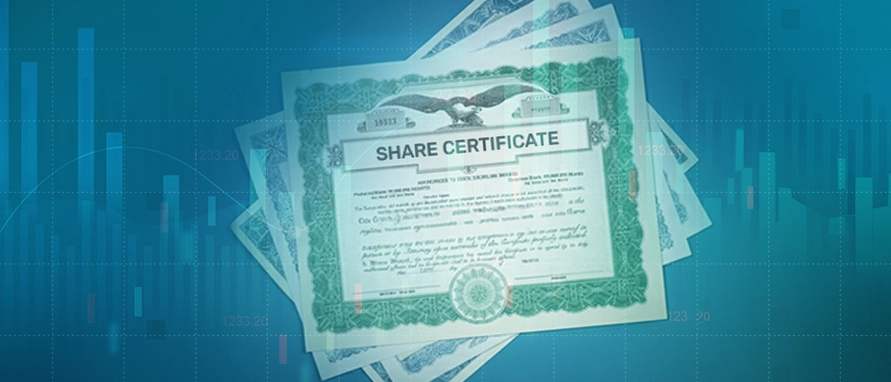
Nupur Wankhede

Anshika

Geetanjali Lachke

Roshani Ballal

Anshika

Anshika

Nupur Wankhede
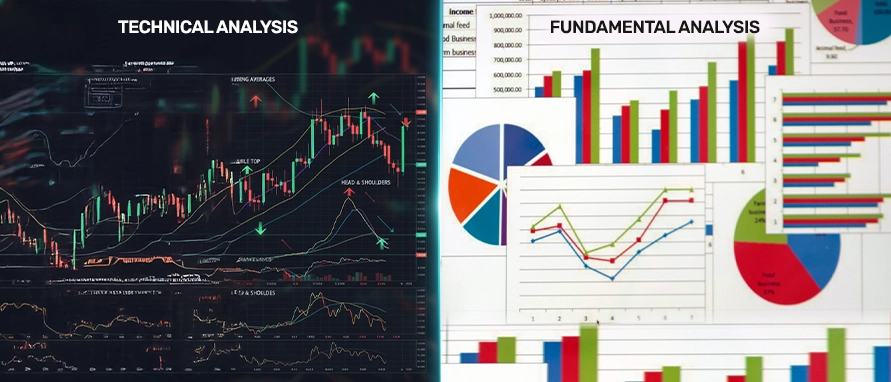
Anshika

Nupur Wankhede
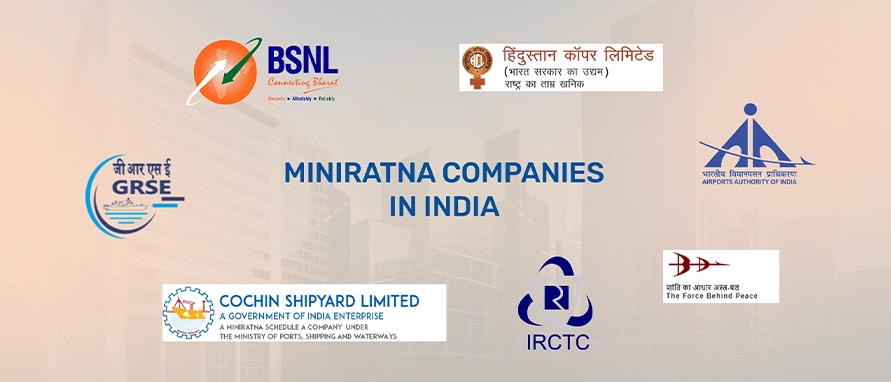
Nupur Wankhede

Geetanjali Lachke

Roshani Ballal

Roshani Ballal

Geetanjali Lachke

Nupur Wankhede

Anshika

Nupur Wankhede

Nupur Wankhede

Nupur Wankhede

Nupur Wankhede

Nupur Wankhede

Nupur Wankhede

Nupur Wankhede

Geetanjali Lachke

Geetanjali Lachke
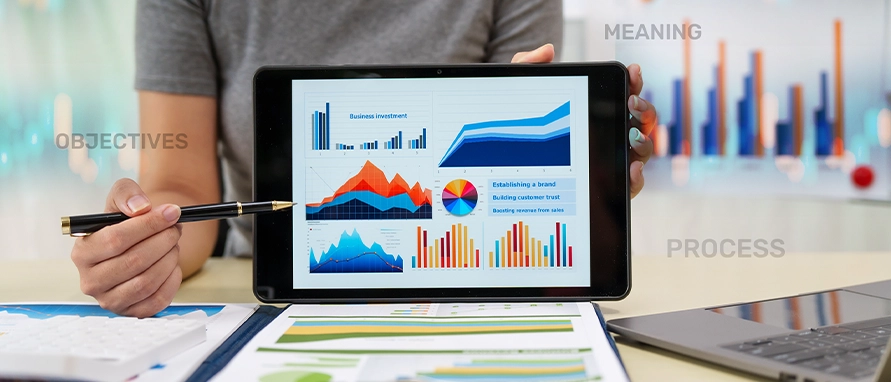
Roshani Ballal

Nupur Wankhede

Anshika

Anshika

Nupur Wankhede

Nupur Wankhede

Nupur Wankhede

Nupur Wankhede

Nupur Wankhede

Nupur Wankhede

Nupur Wankhede

Nupur Wankhede

Nupur Wankhede

Nupur Wankhede

Nupur Wankhede

Nupur Wankhede

Roshani Ballal

Anshika
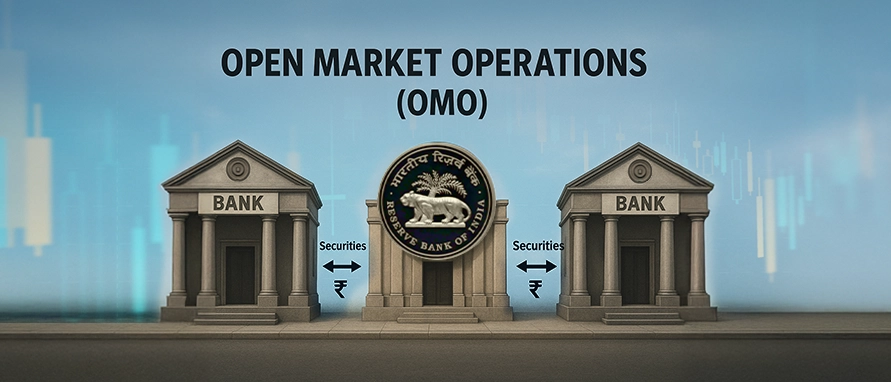
Nupur Wankhede

Geetanjali Lachke

Nupur Wankhede

Nupur Wankhede

Anshika
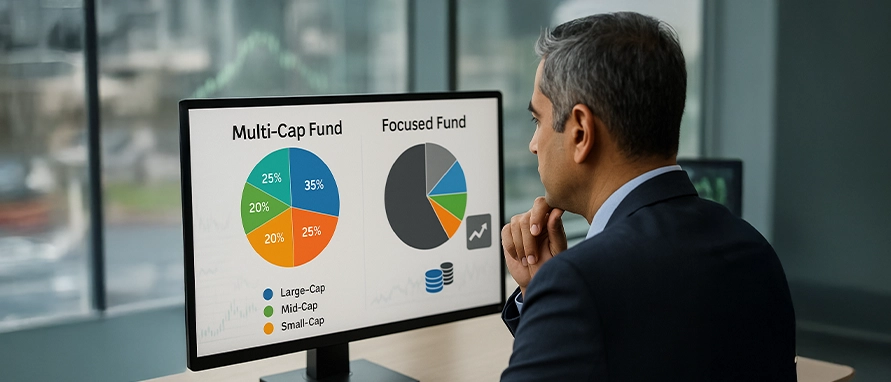
Anshika

Nupur Wankhede
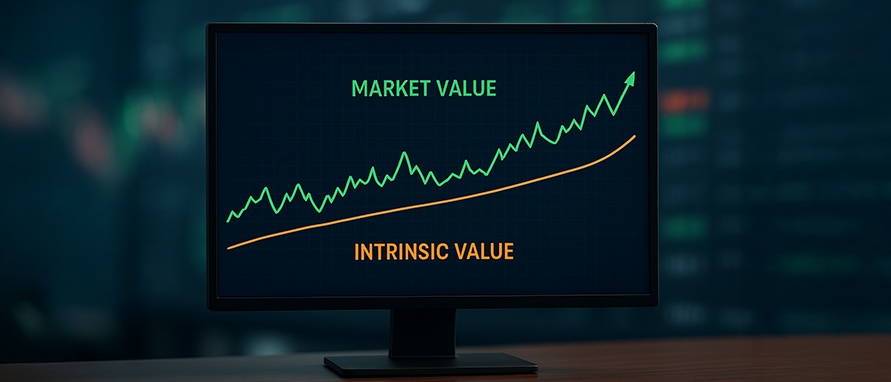
Anshika

Anshika
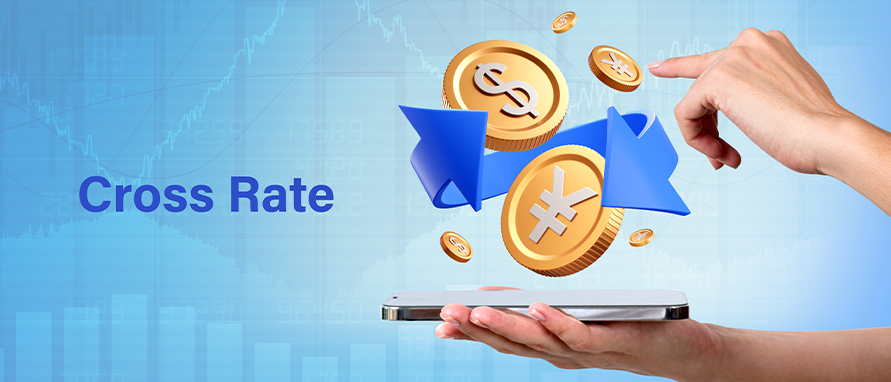
Nupur Wankhede
.webp)
Nupur Wankhede

Nupur Wankhede

Nupur Wankhede

Nupur Wankhede

Nupur Wankhede

Nupur Wankhede

Nupur Wankhede
.webp)
Nupur Wankhede

Nupur Wankhede

Nupur Wankhede

Nupur Wankhede
-in-India.webp)
Nupur Wankhede

Nupur Wankhede

Nupur Wankhede

Anshika

Nupur Wankhede
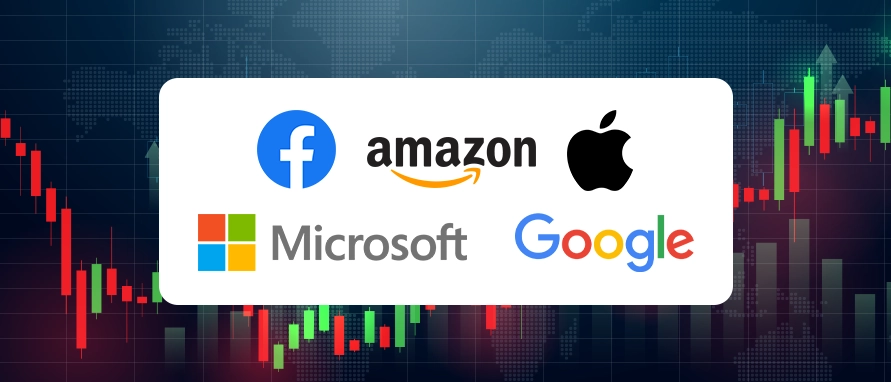
Nupur Wankhede

Anshika

Anshika

Nupur Wankhede

Nupur Wankhede

Nupur Wankhede

Nupur Wankhede

Nupur Wankhede
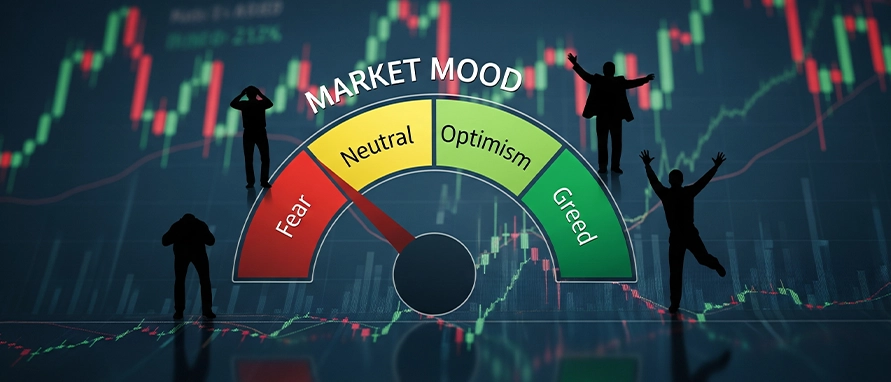
Nupur Wankhede

Nupur Wankhede
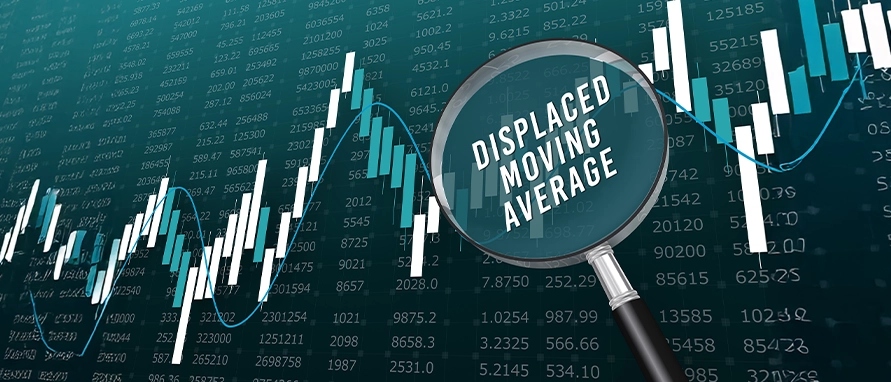
Nupur Wankhede
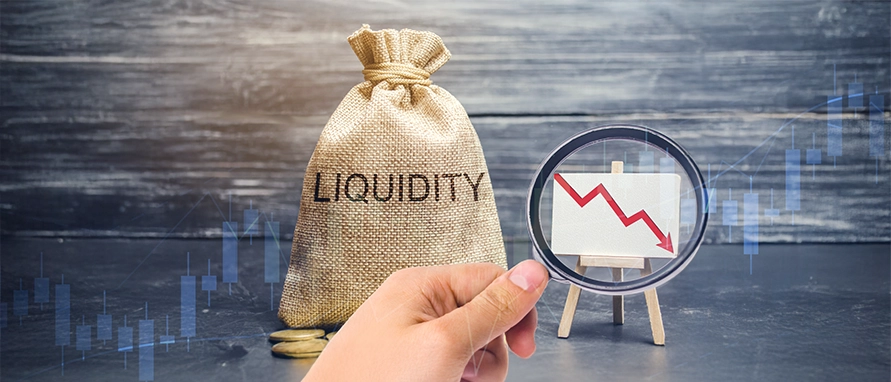
Nupur Wankhede

Nupur Wankhede

Anshika

Nupur Wankhede

Nupur Wankhede

Nupur Wankhede

Nupur Wankhede

Anshika

Nupur Wankhede
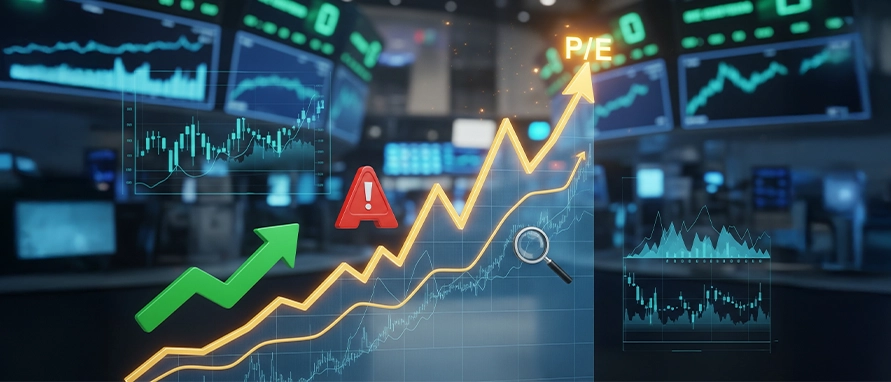
Nupur Wankhede
-Meaning-Importance.webp)
Nupur Wankhede

Anshika

Nupur Wankhede
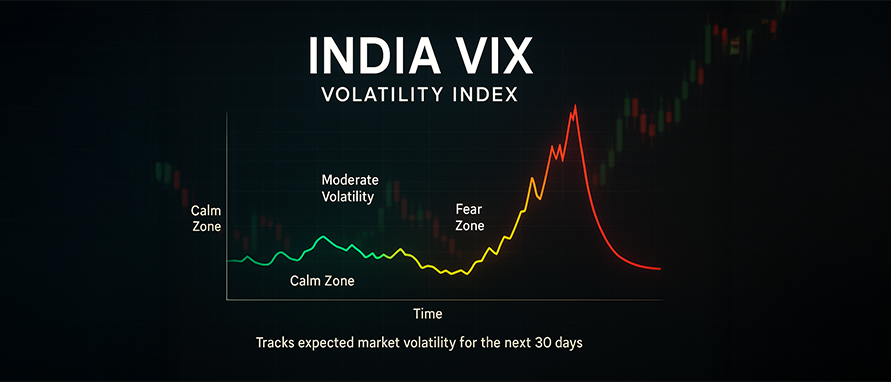
Nupur Wankhede

Nupur Wankhede
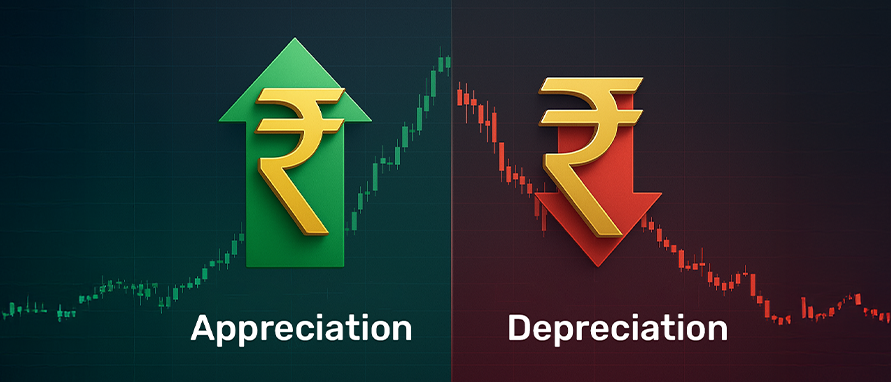
Anshika

Nupur Wankhede
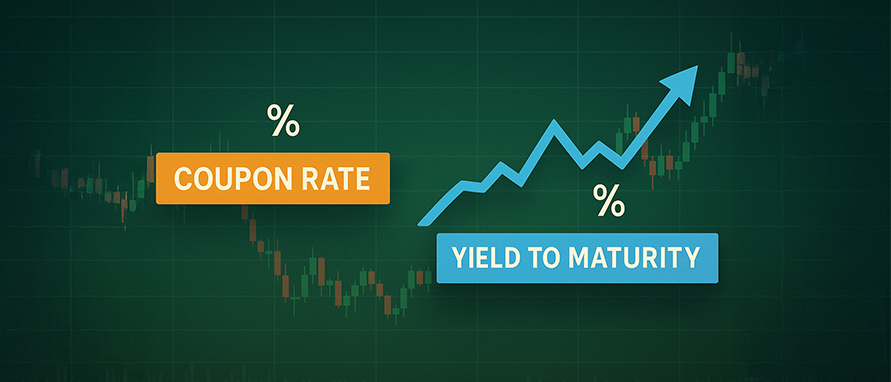
Nupur Wankhede

Nupur Wankhede

Geetanjali Lachke

Geetanjali Lachke

Geetanjali Lachke
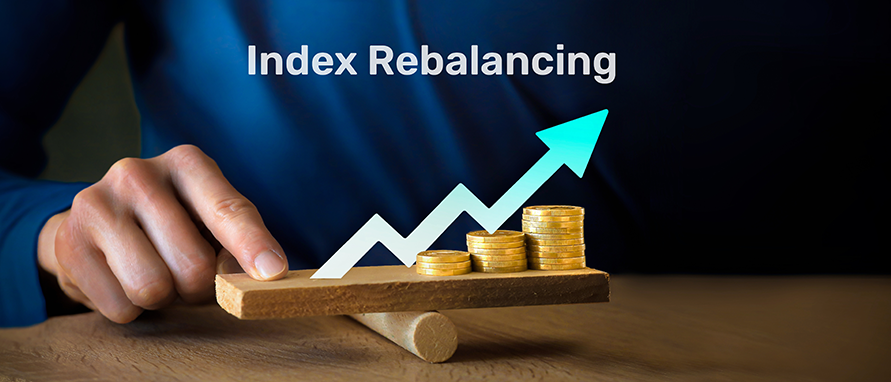
Anshika
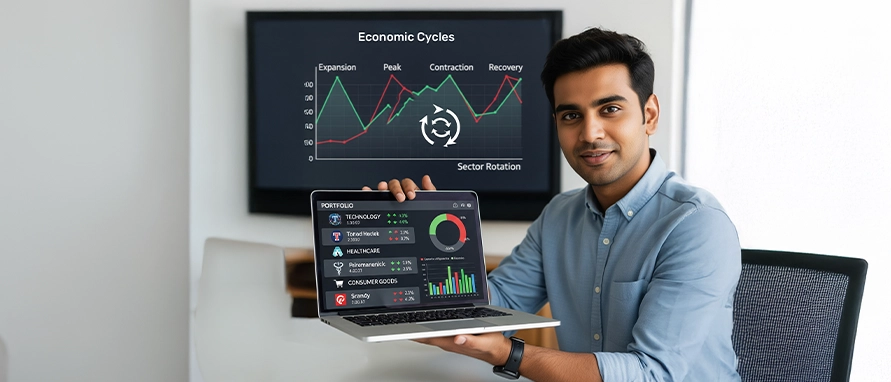
Anshika
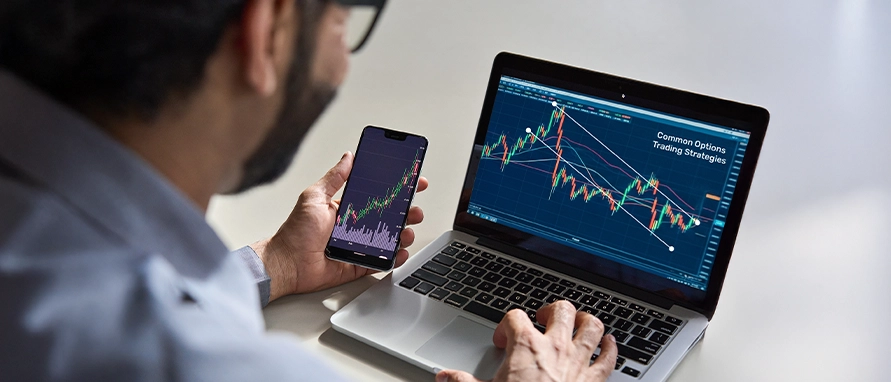
Nupur Wankhede
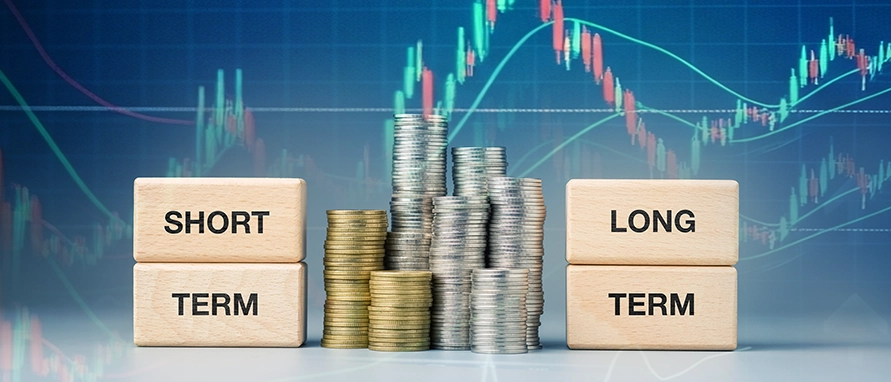
Nupur Wankhede
-portfolio.webp)
Nupur Wankhede

Anshika

Roshani Ballal

Geetanjali Lachke

Geetanjali Lachke

Geetanjali Lachke

Geetanjali Lachke

Geetanjali Lachke

Roshani Ballal

Geetanjali Lachke

Geetanjali Lachke

Geetanjali Lachke

Roshani Ballal

Roshani Ballal

Geetanjali Lachke

Roshani Ballal

Roshani Ballal

Roshani Ballal

Roshani Ballal

Roshani Ballal

Roshani Ballal
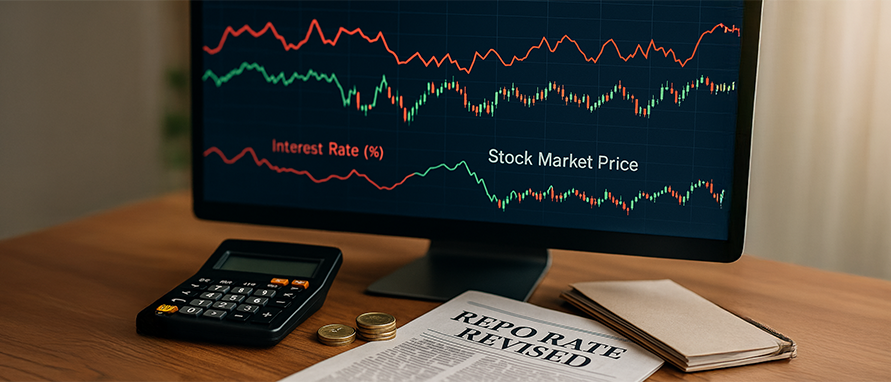

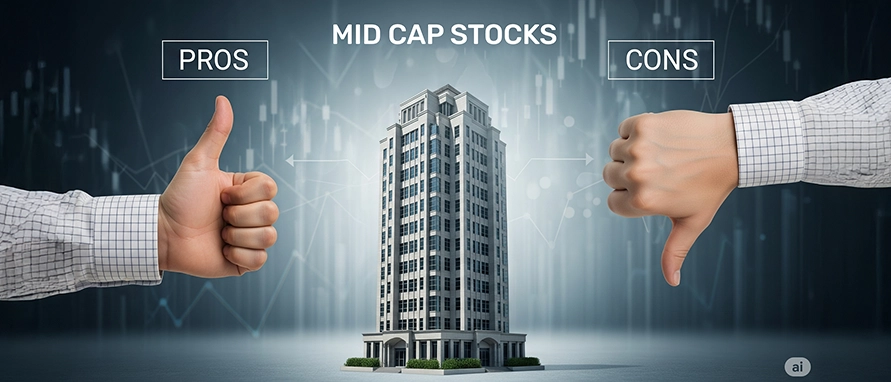






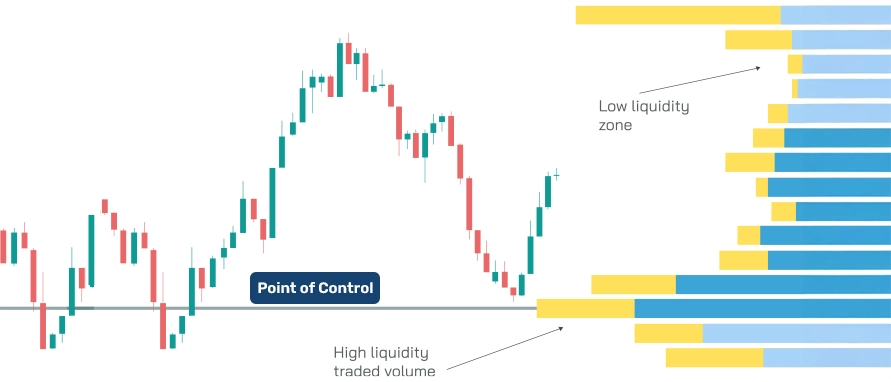
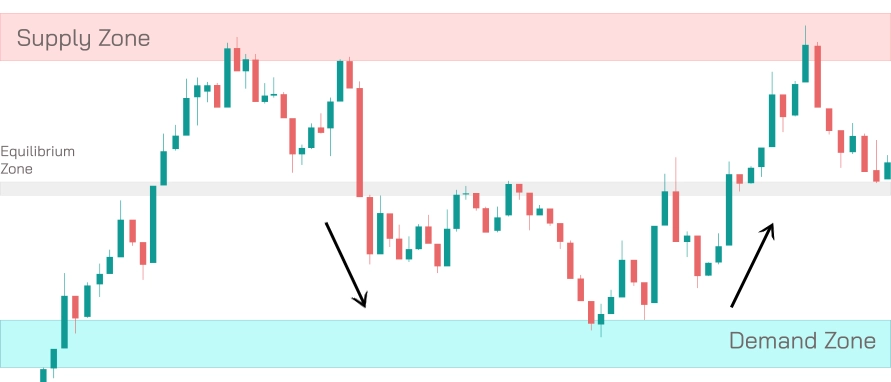

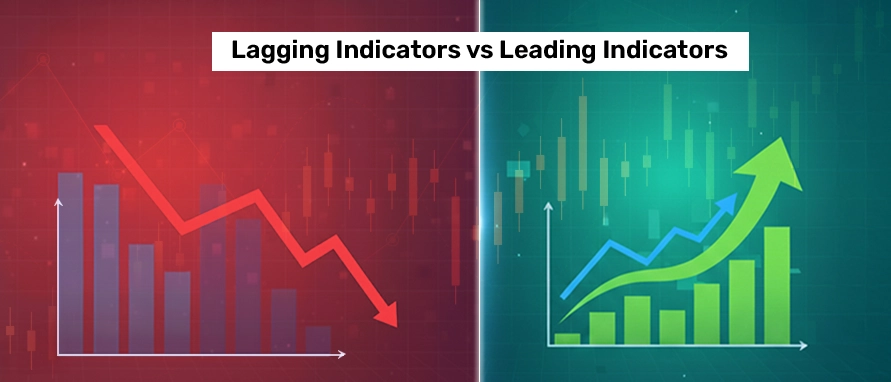
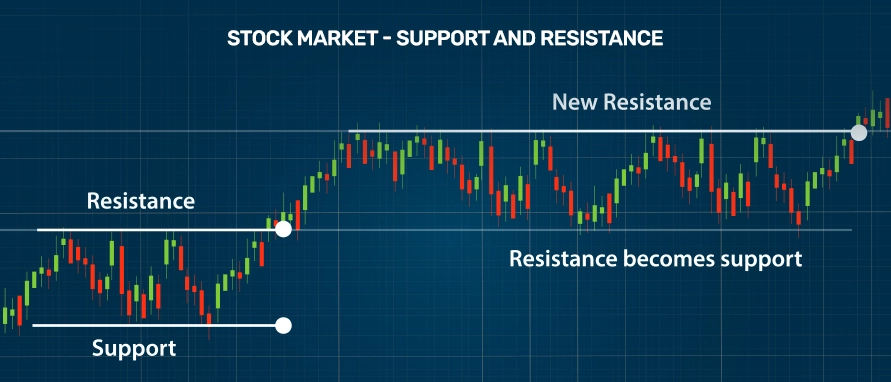
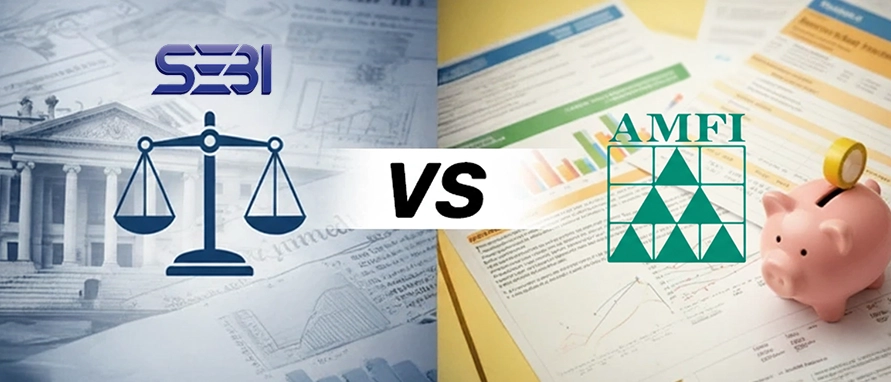





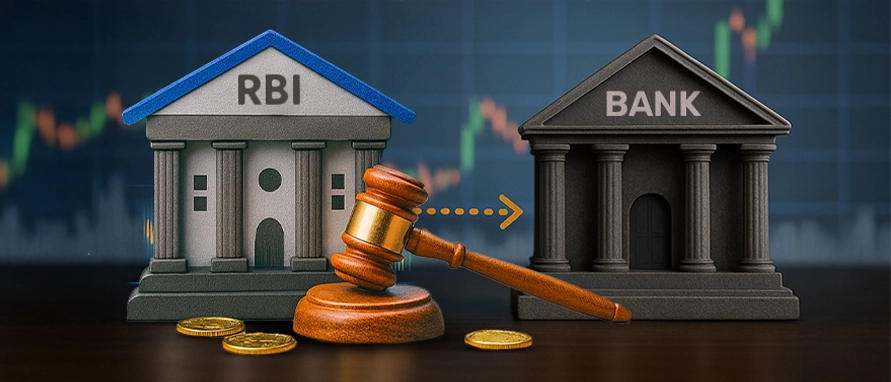
.webp)

.webp)
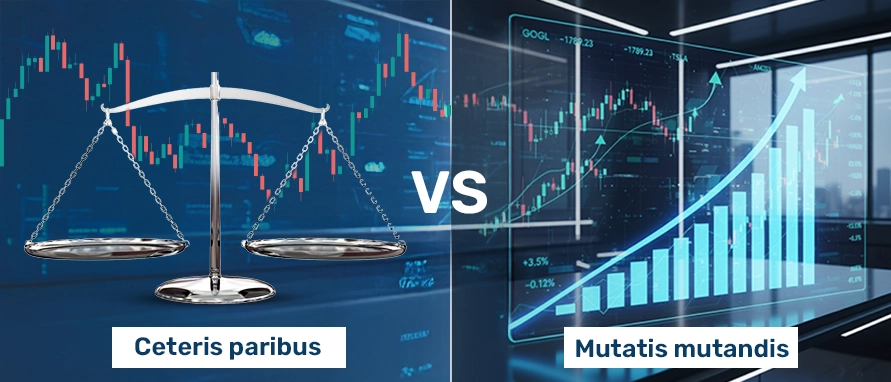
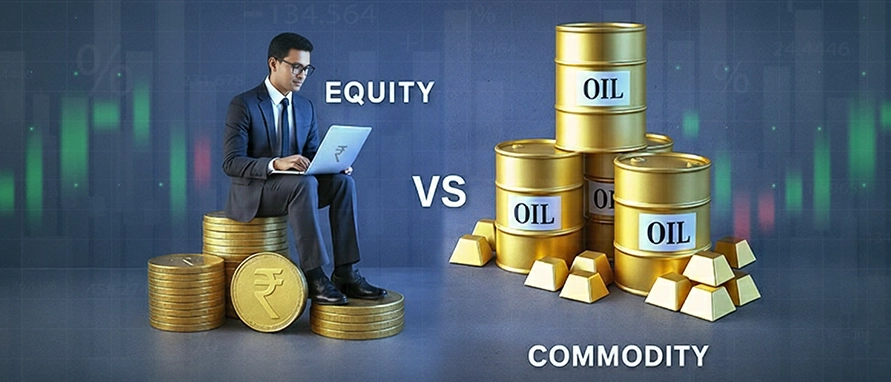











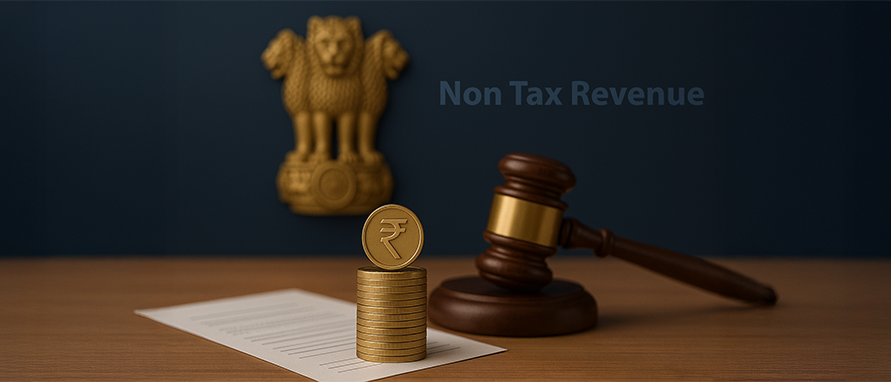

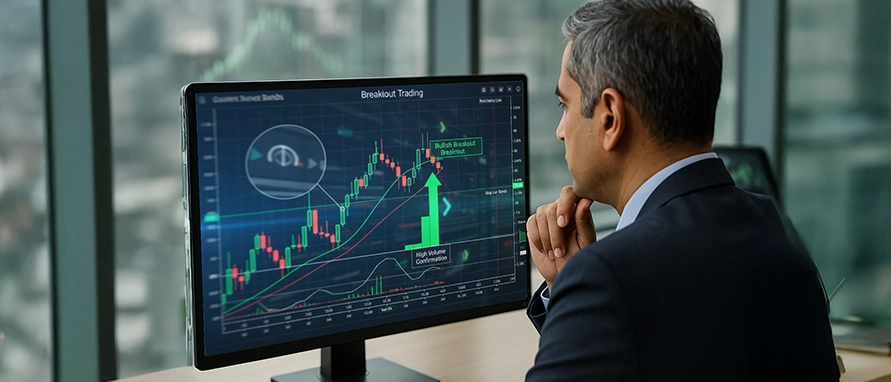
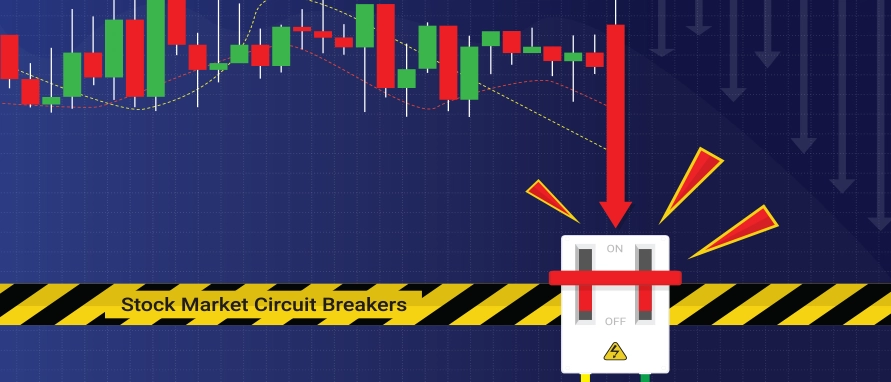




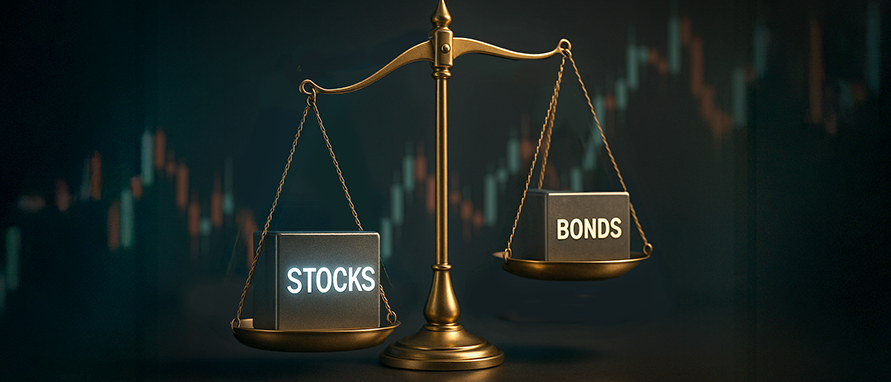






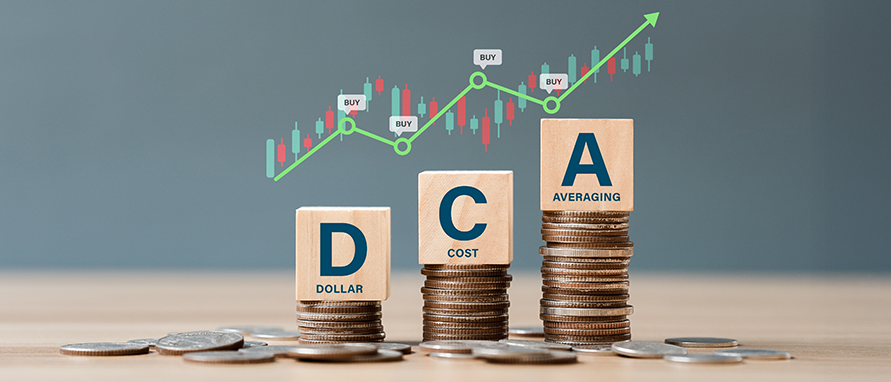




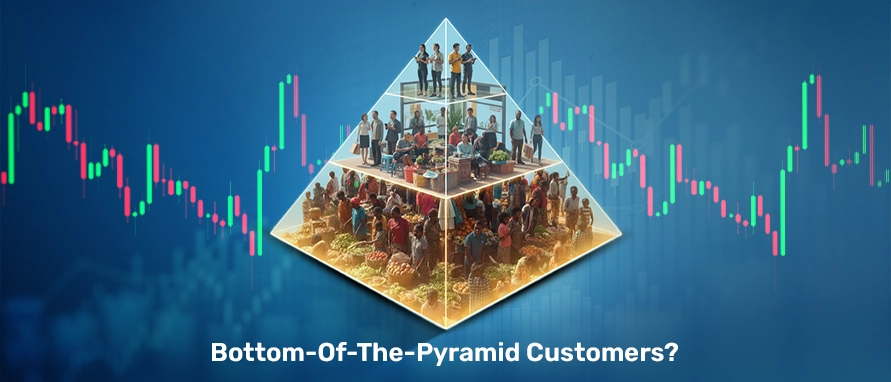
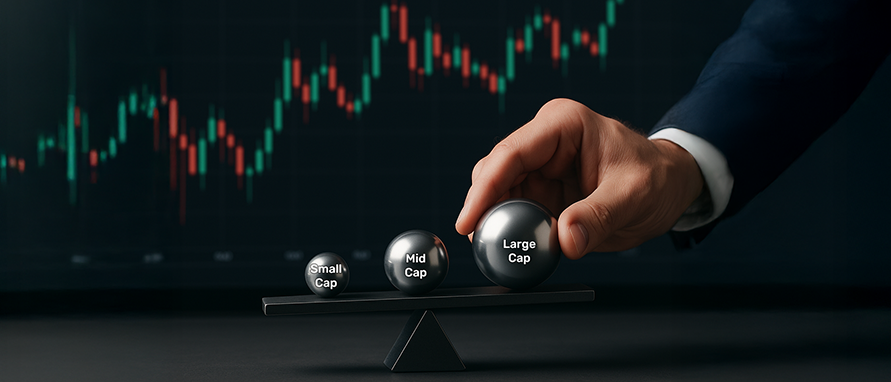


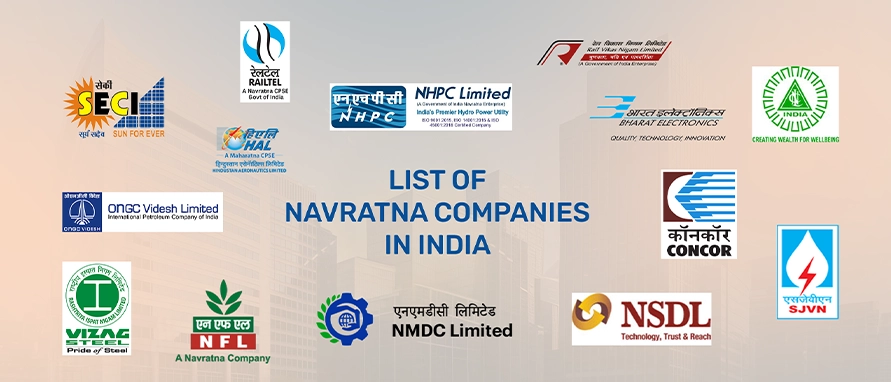



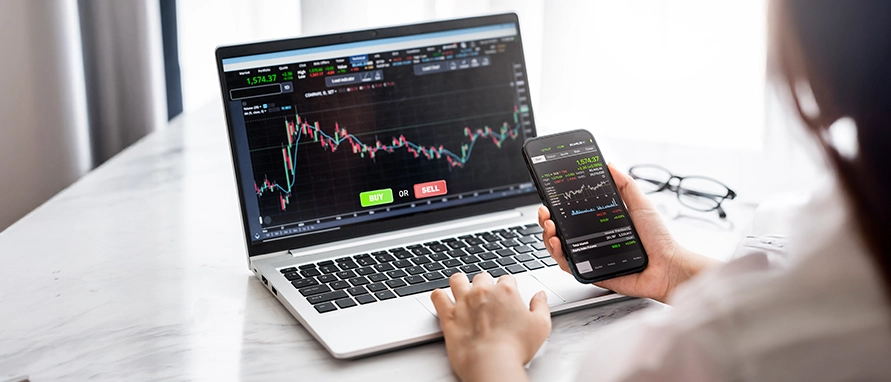


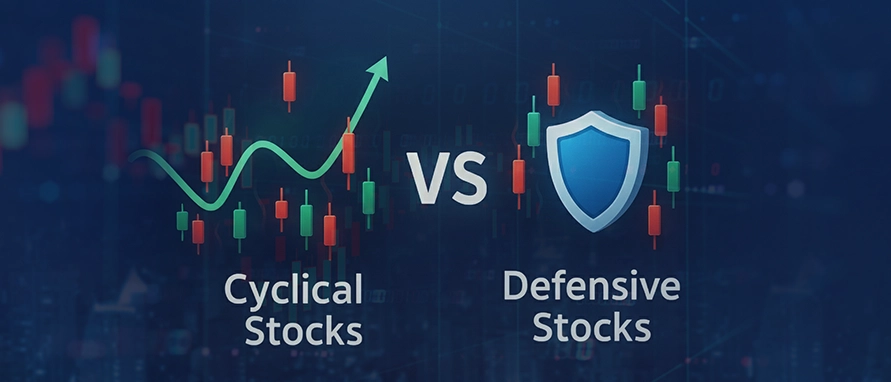




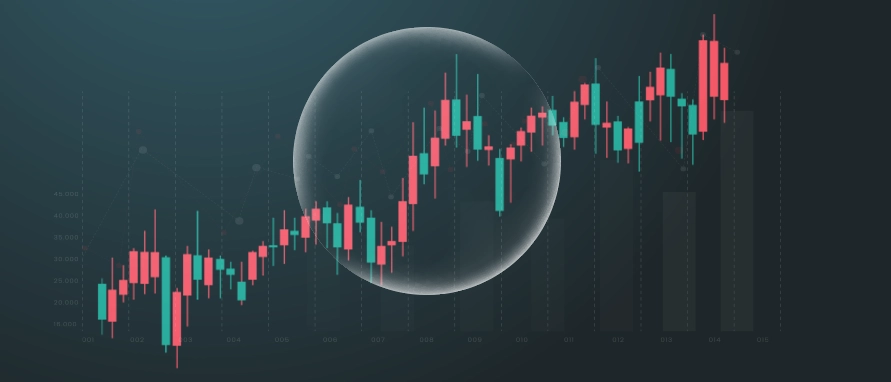












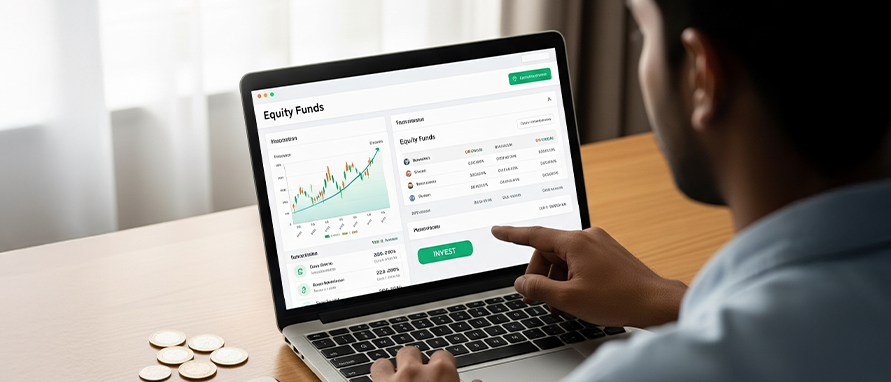

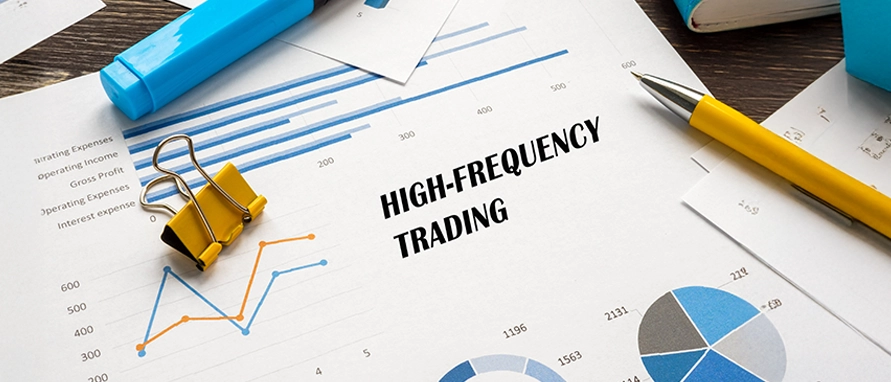

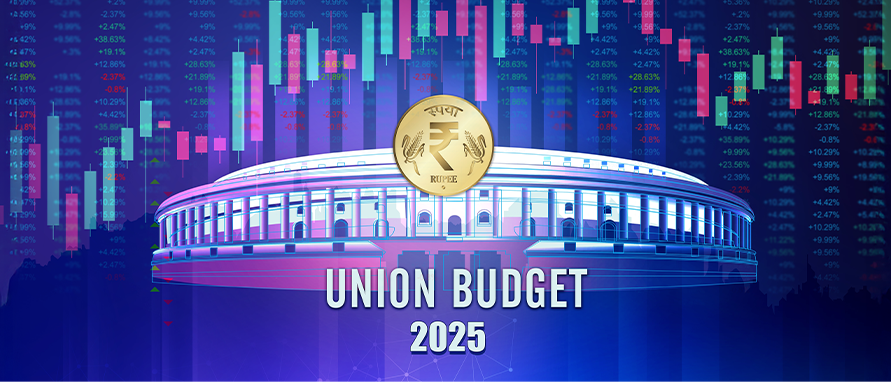
.webp)



.webp)


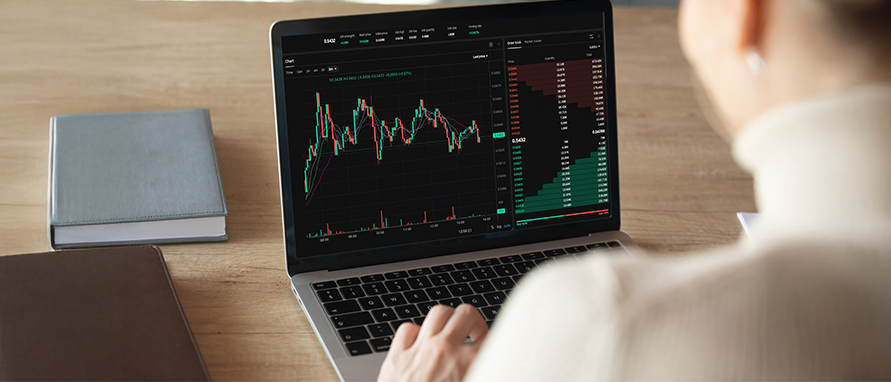

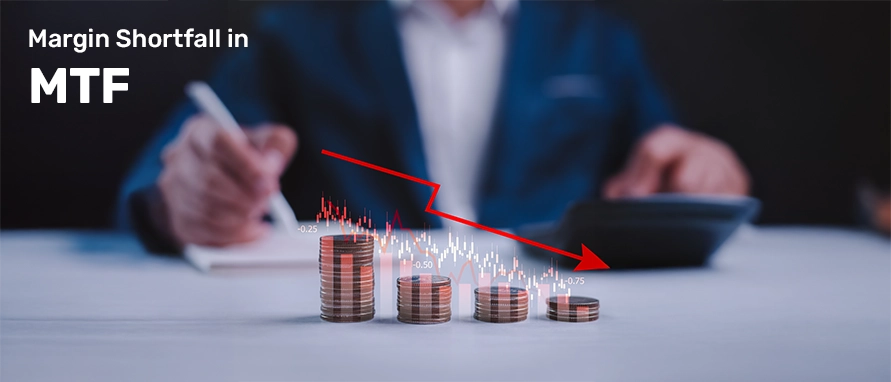

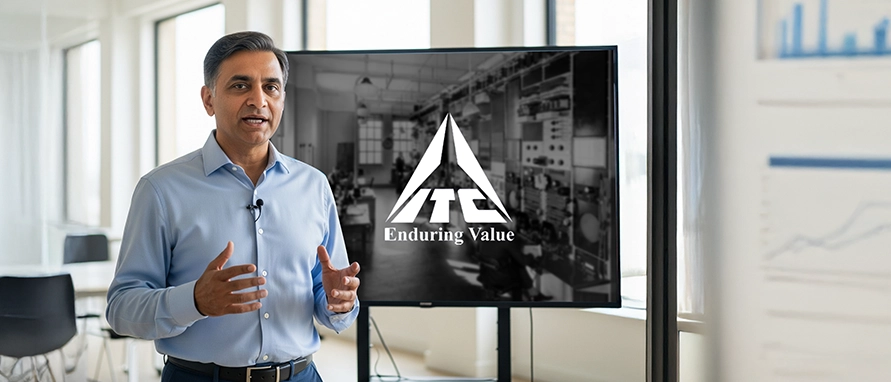




.webp)

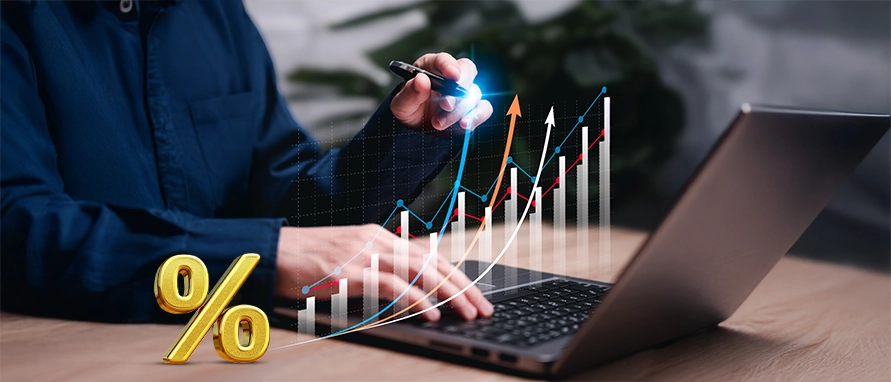
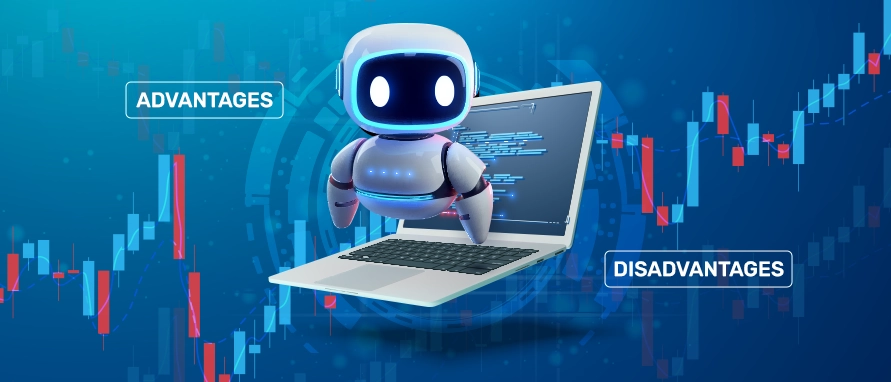
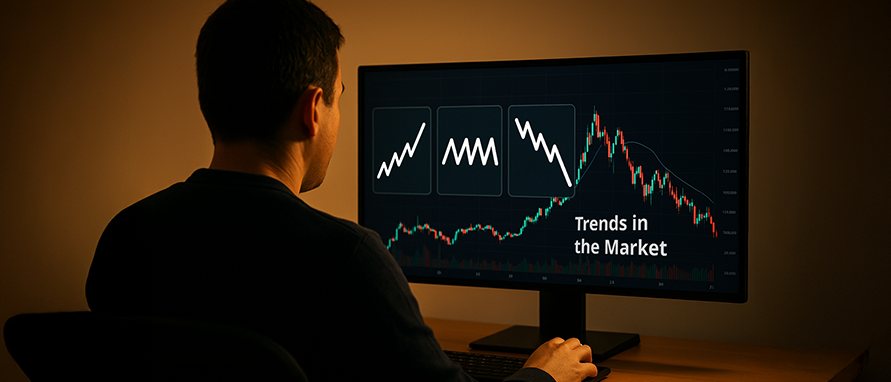
.webp)










